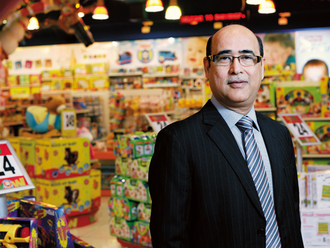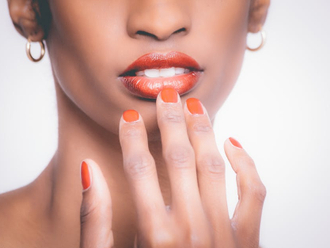
The RSPH or the Royal Society for Public Health analysed five popular social media platforms for mental health impact, both positive and negative, with a survey of 1,479 young users aged 14 to 24.
Shirley Cramer CBE, Chief Executive, RSPH, said: “Social media has been described as more addictive than cigarettes and alcohol, and is now so entrenched in the lives of young people that it is no longer possible to ignore it when talking about young people’s mental health issues."
The positives included awareness of other people's experiences, emotional support, self-expression and self-identity among others. The negatives included loneliness, depression, body image issues, fear of missing out or FoMo, sleep quality and cyber bullying.
The social media sites were ranked as follows:
5. Instagram (worst)
4. Snapchat
3. Facebook
2. Twitter
1. YouTube (best)
Rates of anxiety and depression in youth have increased by 70 per cent over the last 25 years and this research proves that some, if not most of it, is due to the unrealistic pressure that social media life puts on these youngsters. Instagram users who were surveyed said that body image issues were the worst using the app while Snapchat ranked highest in the fear of missing out (FoMo) category.
RSPH and Young Health Movement are now calling for action from government and social media companies to help promote the positive aspects of social media for young people, while mitigating the potential negatives.








